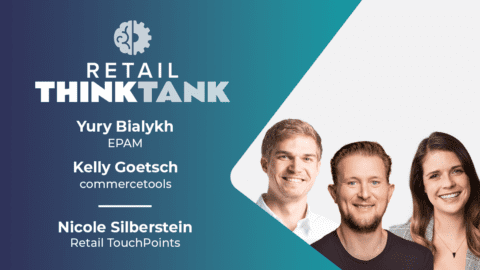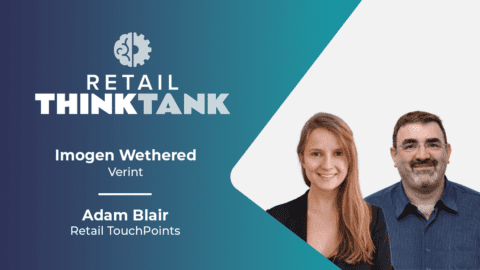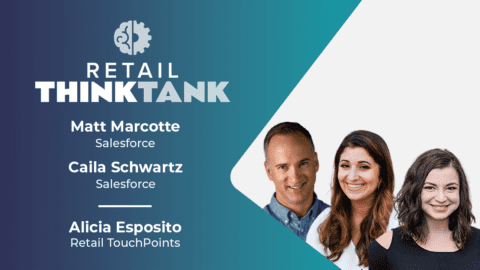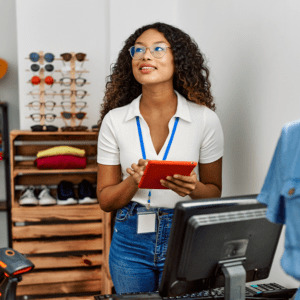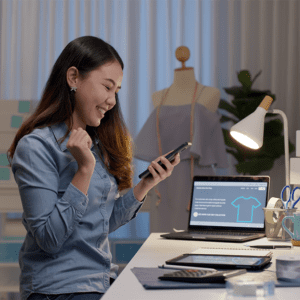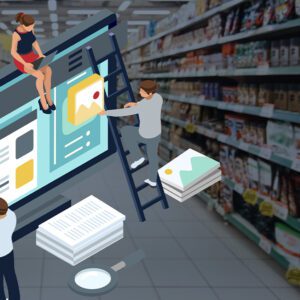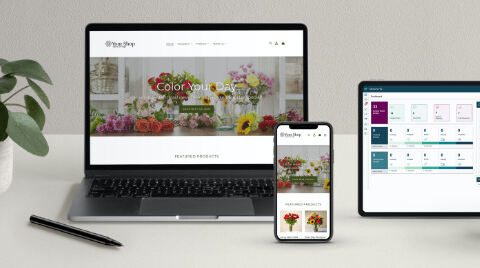The adult beverage industry has been slower than most to come online. The complicated patchwork of state laws governing the sale of alcoholic beverages has been one factor, but this particular industry’s digital revolution also has been delayed by its inherent structure.
“The wine industry is a very old-school business, and it’s a distributor-driven business because of the 21st Amendment, which basically gave all the power to the states to regulate and manage alcohol sales,” explained Jessica Kogan, Chief Growth and Experience Officer at Vintage Wine Estates in an interview with Retail TouchPoints. “The result is that when the internet came around, distributors [initially said] to suppliers, if you sell your stuff online, I’m dropping you out of my store. If you remember, in the ’90s retailers like Bloomingdale’s and Macy’s [said the same thing to] their clothing suppliers. In the wine industry it’s just gone on for a much longer time, because the supplier doesn’t have control over the retail relationship. There’s a middleman, which is the distributor.”
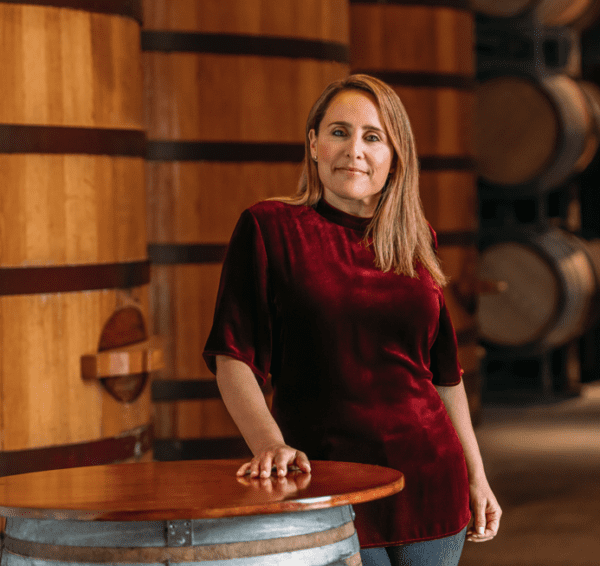
Kogan has been at the forefront of changing this dynamic and bringing wine into the digital world. After spending the first part of her career in fashion and brand strategy, working with brands like Donna Karen, Dr. Scholls, Elizabeth Arden and Urban Decay, in 2004 she co-founded the digital native brand Cameron Hughes Wine (CHW), which “really became kind of the Warby Parker of our industry,” she said.
In 2017, Cameron Hughes was acquired by Vintage Wine Estates (VME), the 14th largest wine producer in the U.S., encompassing more than 60 brands. The acquisition was driven in large part by CHW’s (and Kogan’s) digital prowess, and that has only become more important for Kogan over her last six years at Vintage Wines, a period when alcohol ecommerce has steadily gained traction. In fact, research firm IWSR estimates that ecommerce sales of alcohol will grow 34% to reach $40 billion by 2026 across the 16 markets it tracks.
Advertisement
This increase is due in part to the proliferation of DTC offerings from vineyards and wine producers, but increasingly more traditional food and beverage retailers are also bringing their own alcohol selections online. The latter is a particularly welcome development for large purveyors like Vintage Wines, which now have more options and space to introduce their offerings to consumers, and Kogan has been integral in rolling this out across the company’s portfolio at retailers across the country.
“Three years ago, my job was all about VWE websites, supplier sites, brand sites and then following the customer journey with the hope that we were guiding them to good experiences with our retailers, but Safeway.com wasn’t showing our wines, Target.com wasn’t showing our wines — that has changed,” said Kogan. “Now it’s becoming truly omnichannel, and it’s about being at your best wherever you met the customer in their digital journey.
“Most people don’t remember the name of the last wine brand they drank, because they don’t see it in enough places,” she added. “But having this whole digital space where you can guide a customer to multiple stores that all have your wine in the same place and are telling the same story is such a big win. It’s the norm for Coke; it’s the norm for Yoplait — it’s not the norm for us.”
Tech Advancements Help Alcohol Ecommerce Expand
Alcohol ecommerce didn’t really pick up steam until 2005, when the Supreme Court struck down laws in New York and Michigan that banned vineyards from selling across state lines. It was good timing for Cameron Hughes, which had just launched the year prior, and it positioned Kogan at the forefront of a major transition in the wine industry.
Now in her role at Vintage Wines, she is again “at the nexus” of a major transformation. The 2005 ruling opened up the world of DTC for vineyards, and in the time since, technology advancements and the rise of third-party platforms like Drizly and Instacart have helped convince food and beverage retailers that it’s time to get in the game.
“Retailers like Target, Safeway and Walmart are coming in hard and fast with ecommerce for regular consumer goods, but they’ve always tiptoed around adult beverage, because they didn’t know how to approach it,” Kogan said. That’s swiftly changing with the entrance of software solutions like Sovos’ ShipCompliant, Avalara and DRINKS’ new integration with Shopify, which make it easier for retailers to manage the regulatory and tax requirements of each state.
Kogan is now spending less time building websites and more time acting as an intermediary with Vintage Wine’s customers, helping retailers “understand how to connect with the [end consumer and] provide the right content and information for the customer to engage in and interact with,” Kogan said. “The retailers don’t know what that information is, but we as the suppliers can provide that.”
Not Just Improved Access, but an Improved Experience
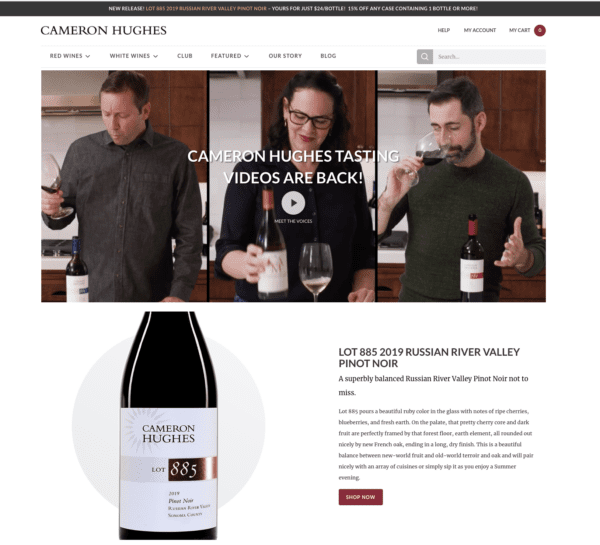
Kogan sees other advantages beyond just more access points to her brands. She also thinks the digital experience offers a number of improvements that make the wine-buying process more accessible and enjoyable.
“I grew up in the 80s. We had wines at my house all the time, but nobody knew how to get in touch with Kendall-Jackson, for example. Wine brands just showed up, and either you liked it or you didn’t. And if you didn’t like it, tough,” she said. “The luckiest thing that has ever happened to wine is digital because it actually gives you a chance to engage in the information of wine. [With online reviews] you can hear what people have to say about their experience, and you can find the brands online and connect with their customer service if you need to. Wine is a discretionary purchase. You want to make sure that when you spend that money, you get something good, and digital helps so much with that.”
The other advantage of digital over physical retail is the larger “shelf space” brands have to give shoppers the information they need to make a purchase they’ll be happy with. “I treat people who are buying wine the same as those buying a watch or a TV or a computer, providing that information to them so that they can make a decision based on more than just looking at the label and the price,” Kogan said. “I think that gives more meaning to that exchange and creates more confidence in the shopper.”
The Parallels Between Wine and Fashion
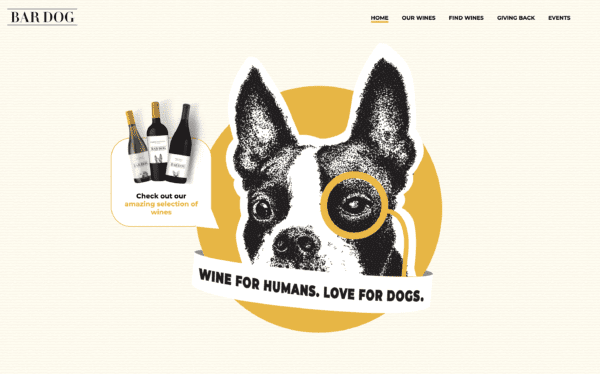
All of this comes as the wine industry hits a bit of a dry spell. Sales are down are as millennials shift away from wine toward spirits and ready-to-drink adult beverages.
Kogan isn’t really worried though. She believes this is all part of natural generational shifts, and predicts that millennials’ kids will “go back to wine.” And in the meantime, she believes the digital transformation the industry is currently undergoing will help it be ready and waiting when they get ready to uncork, unscrew or open a box wine’s spigot.
“You just have to look at things differently, you have to borrow from other industries,” said Kogan. “Most of the ideas that I bring to the wine business are from fashion, beauty, electronics. The way customers engage with information is not didactic, it’s more multi-layered and multi-dimensional, especially because of the internet.”



